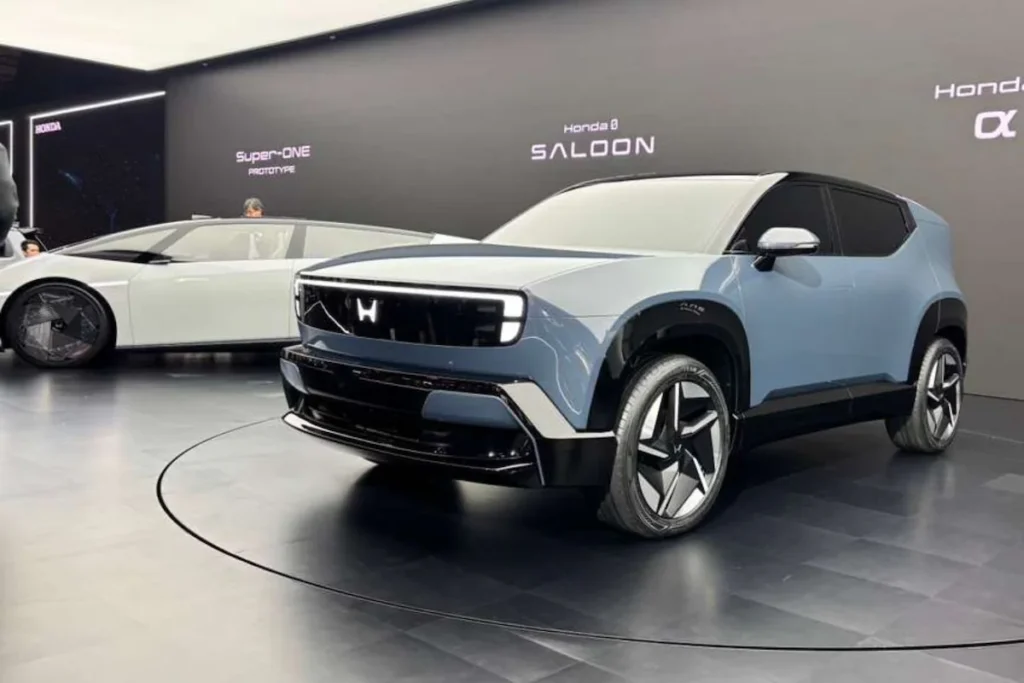Now Reading: Auto Fares Go Up in Bengaluru: Base Rate Now ₹36, ₹18 Per Km Thereafter
-
01
Auto Fares Go Up in Bengaluru: Base Rate Now ₹36, ₹18 Per Km Thereafter
Auto Fares Go Up in Bengaluru: Base Rate Now ₹36, ₹18 Per Km Thereafter

Commuters in Bengaluru will now have to shell out more for auto rides as the state transport department has revised the fare structure. The new minimum fare is ₹36 for the first 2 km, and ₹18 for every kilometre after that. The hike comes after repeated demands from auto unions citing rising fuel prices and vehicle maintenance costs.
Revised Fare Structure Explained
Under the updated tariff, passengers will pay a flat ₹36 for the first 2 km, up from the earlier ₹30. Post that, every additional kilometre will cost ₹18. The night fare remains at 1.5 times the standard rate, applicable between 10 pm and 5 am. Waiting charges and baggage fees continue as per earlier guidelines.
Why the Hike Now?
Auto unions in Bengaluru had been pressing for a fare revision, pointing to the increased cost of LPG, spare parts, and general inflation. The last hike was implemented in 2021, and drivers argued that the current rates were no longer sustainable. After a series of discussions, the transport department approved the increase.
Public Response Mixed
While drivers have welcomed the decision, daily commuters are less enthusiastic. Many feel the hike will add to their daily expense, especially for those who depend on autos for last-mile connectivity. For shorter distances within congested areas, some passengers say the cost now feels closer to app-based cabs.
Impact on Tier 2 Commuters and Nearby Cities
The fare hike is also being closely watched by neighbouring Tier 2 cities like Mysuru, Hubballi, and Mangaluru, where similar discussions are underway. As living costs rise and fuel remains expensive, auto fare revisions may soon be considered in other Karnataka cities too.
Government’s View
Officials from the transport department said the revision balances the needs of both passengers and drivers. They added that stricter monitoring will be implemented to prevent overcharging and ensure autos display updated meters and rate cards.
Conclusion
With the new fare system in place, Bengaluru auto rides just got a bit costlier—but for drivers, it’s being seen as long overdue relief. For the city’s commuters, especially in Tier 2 and outer zones relying on autos daily, the focus now shifts to affordability, transparency, and smoother last-mile transport options.
























